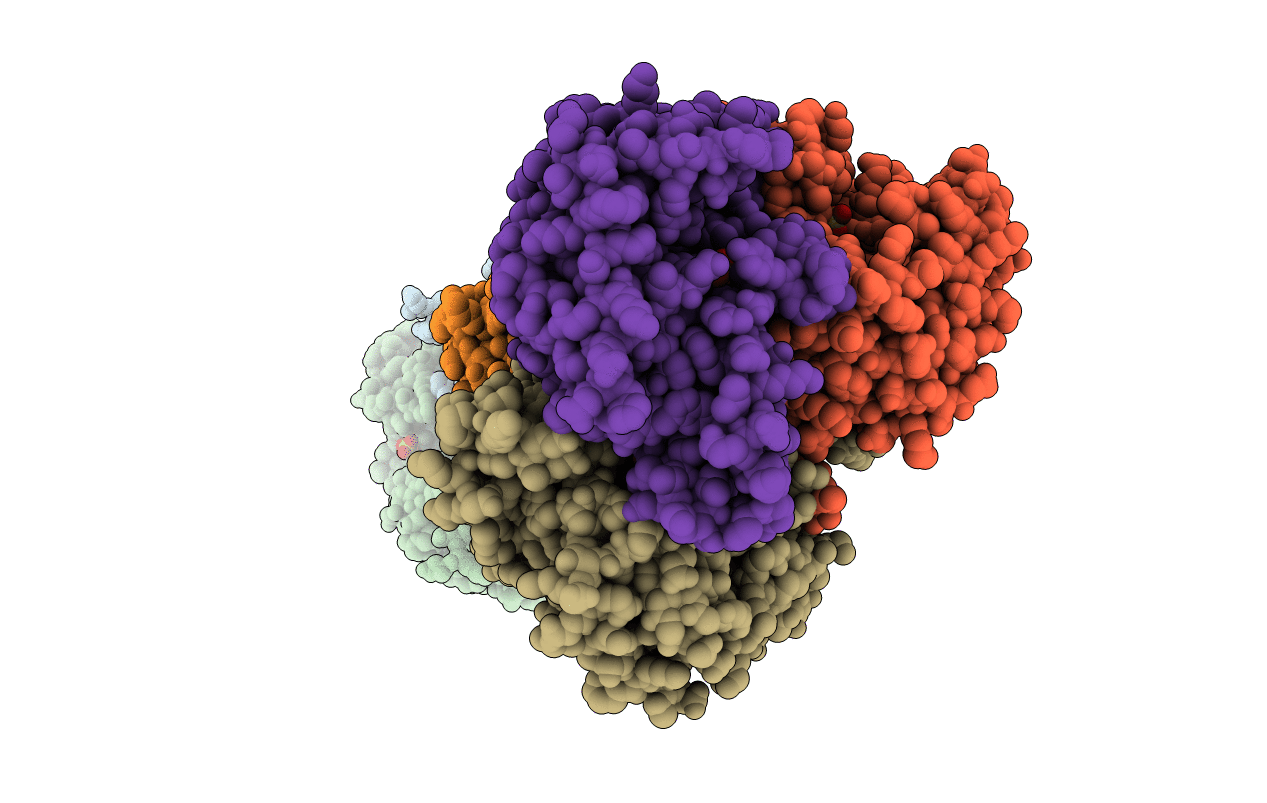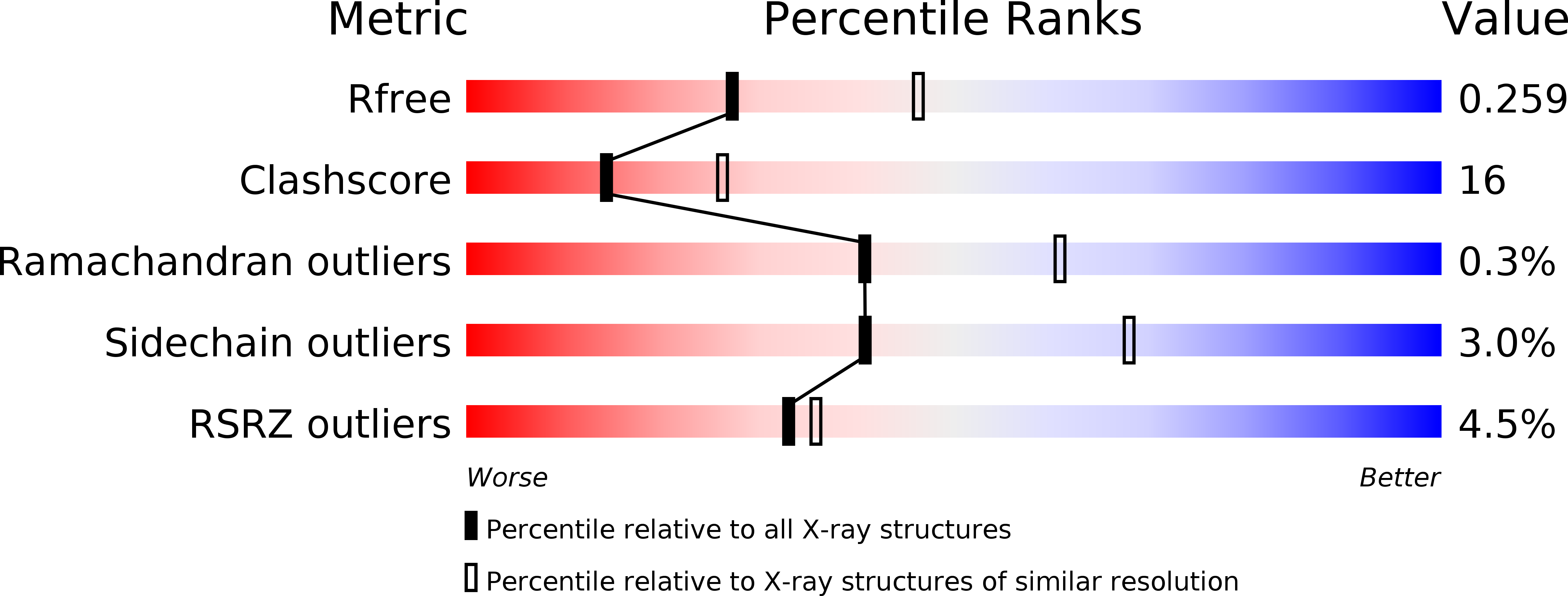
Deposition Date
2008-08-22
Release Date
2009-09-08
Last Version Date
2024-03-13
Entry Detail
PDB ID:
2ZQZ
Keywords:
Title:
R-state structure of allosteric L-lactate dehydrogenase from Lactobacillus casei
Biological Source:
Source Organism:
Lactobacillus casei (Taxon ID: 1582)
Host Organism:
Method Details:
Experimental Method:
Resolution:
2.50 Å
R-Value Free:
0.27
R-Value Work:
0.21
R-Value Observed:
0.21
Space Group:
C 1 2 1


